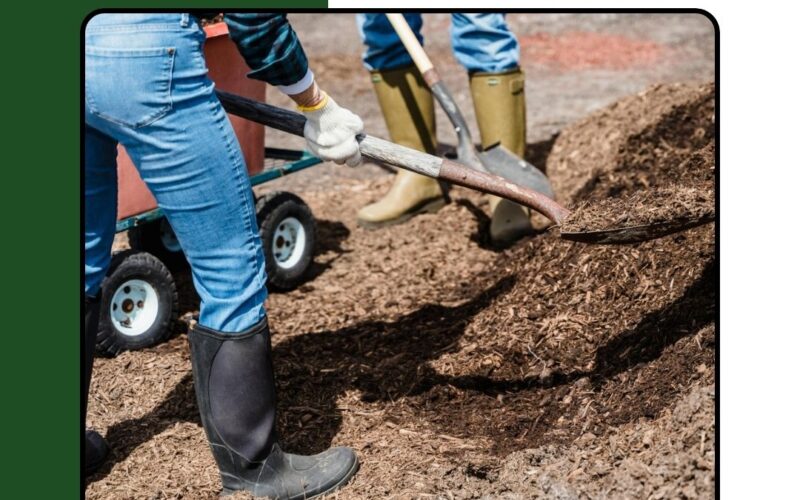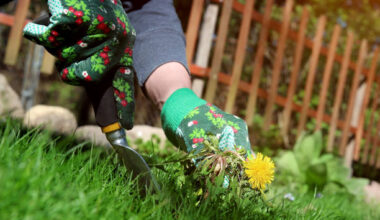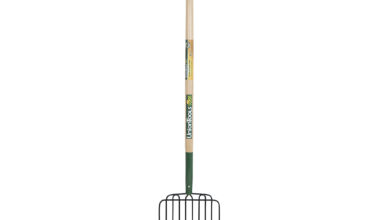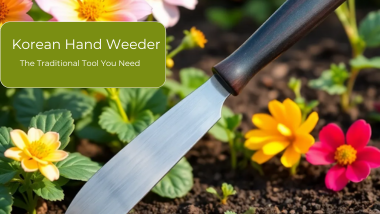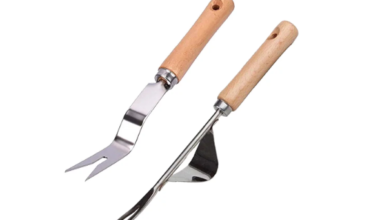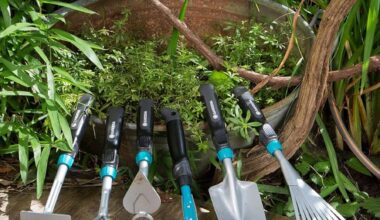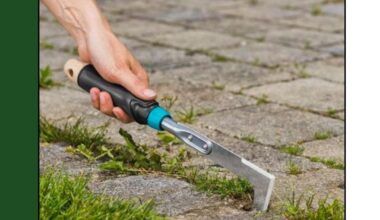You are tired and always seem to be having issues with your garden shovel. It feels like it’s working against you instead of helping. Mastering the art of using a shovel correctly can make gardening easier and protect your back.
Let’s explore the secrets to how to properly use a shovel and see how it can change your gardening experience.
A shovel is a versatile tool that can make gardening tasks easy. But you need to know how to use it correctly. Whether you’re doing heavy work or delicate landscaping, knowing about shovel design and technique is key.
It can make your gardening day rewarding or leave you with a sore back. Let’s learn how to use a shovel like an expert.
Ergonomic Shovel Design
The design of a shovel can make shoveling easier and more efficient. Ergonomic shovel design focuses on making the shovel better for users. It looks at everything from the weight to the shape of the handle to make shoveling less hard.
Standard Design Limitations
Traditional shovels often don’t meet the needs of shoveling. They can be heavy, weighing 1.5 to 3 kg (3.3 lb to 6.6 lb). This can lead to fatigue and strain, especially with heavy loads. The straight handle also puts stress on the lower back, shoulders, and arms.
Ergonomic shovel designs aim to fix these issues. They focus on reducing weight, improving handle shape, and making the blade the right size and shape. This makes shoveling easier and more comfortable for users.
- Lightweight materials like fiberglass or aluminum make the shovel easier to lift and move.
- Handles that curve or angle help keep the wrists and arms in a natural position, reducing strain.
- Bigger blades can move more material at once, while smaller, lighter blades are better for tasks like snow shoveling.
- Shovels with a second grip or bent shaft offer more leverage and control, especially for lifting heavy materials like soil or gravel.
With these ergonomic features, shovels become easier to use and lower the risk of injury. This lets people do shoveling tasks with more ease and efficiency.
Selecting the Right Shovel
Choosing the perfect shovel involves looking at several key factors. The weight is crucial, affecting your comfort and how well you work. Shovels with longer shafts, up to your chest, help keep your back from strain by cutting down on bending.
Shorter shovels, however, offer better stability when moving loads. The total length of the shovel should match your elbow height with your arms by your sides. Spades are longer than standard shovels, perfect for digging or cutting turf.
The material of the shaft is also important. Fiberglass shafts are lighter and stronger than traditional wood. This makes them a good choice for many users.
Weight Considerations
The weight of the shovel is key when picking the right tool. Heavy shovels are great for hard tasks like digging through tough soil or breaking up heavy stuff. On the other hand, lighter shovels are better for tasks needing precision, like moving loose materials or clearing debris.
- Professional-grade shovel blades are thicker than consumer-grade ones, at 14-gauge versus 16-gauge.
- More people prefer wood handles over fiberglass ones, by about 3 to 1.
- Good shovel blades should be flexible yet hard to last long and work well.
When choosing a shovel, think about the task you’re doing and pick a tool that fits your strength and abilities. Consider the weight, length, and material to make sure you’re comfortable and efficient with your outdoor projects.
Handle and Shaft Ergonomics
The design of the handle and pole of a shovel is key to efficient and comfy shoveling. It greatly affects your experience and lowers risks like back pain and muscle fatigue.
Shovel handle ergonomics are vital for a secure grip, especially in summer when sweat can make it slippery. A non-slip handle makes it easier to control the shovel. The shovel shaft ergonomics also affect your posture and how much pain you feel.
For better shovel grip ergonomics, choose shovels with “D” shaped handles. They keep your hand and wrist in a neutral position. The handle should reach your chest to avoid back ache. Fiberglass poles are lighter and stronger, making shoveling easier.
Choosing the right blade size and shape matters too. Use larger blades for soft materials like sand, and shorter handles for hard materials like gravel. This helps you shovel more efficiently and safely.
Understanding shovel ergonomics helps you shovel better, lowers risks, and makes the job easier. This is true whether you’re lifting the snow or moving other materials.
How to Properly Use a Shovel
Using a shovel the right way is key to avoiding injuries and working efficiently. The force and impacts from shoveling can be harmful if not done right. It’s important to wear gloves, strong shoes, and keep a good posture when shoveling.
Try to shovel about 15 scoops a minute, and don’t work for more than 15 minutes straight. The total weight you lift should be between 5 to 7 kg (10 to 15 lb). Don’t throw the shovel more than 1.3 meters (4 feet) high and aim for a throw distance of about 1 meter (3 feet).
Warm up before shoveling to lower risks and don’t lift too much at once. Use your legs to lift, not your back, to protect your spine. And don’t throw soil over your shoulder to avoid back strain.
Keep a good posture, pace yourself, and drink water to stay hydrated while shoveling. These steps will help you shovel safely and efficiently, reducing risks and making the task better.
When picking a shovel, choose one that feels good and can handle tough jobs. Go for shovels with strong handles made of timber for durability. The shovel type should fit the job you’re doing. For digging, use shovels with a rounded or tapered edge. For scooping and moving soil, a shovel with a square edge is better.
By following these tips, you can shovel safely and efficiently. This will help you avoid injuries and make shoveling a better experience.
Blade Size and Shape
The size and shape of a shovel’s blade are key to its performance. They affect how well the tool works for different tasks and the strength of the materials being moved. The right size and shape depend on the job, the materials, and the user’s strength.
Blade Size Considerations
Round point shovels come in various sizes, but now only sizes 0 through 2 are made. The most common is the No. 2 size, about 9″x12″. For those who are smaller or need to work in tight spots, sizes like No. 1 or No. 0 are available.
Handles are usually 48″ long, but taller people might prefer a 54″ handle. This longer handle gives more leverage and helps prevent back strain.
Blade Shape and Design
Shovels have different blade shapes for different jobs. Triangular or round blades with long handles are great for moving sand or dry earth. Square blades with short handles work best with materials like gravel or coal.
Some shovels have a rolled step on top for easier digging. This feature helps reduce strain on your body.
Shovels also vary in how much they lift, with some designed for scooping and others for throwing dirt. The design of the shovel’s neck can also be adjusted for different arm lengths.
Material Considerations
Shovels can be made from many materials, each with its own benefits and drawbacks. Forged shovels are strong, keep a sharp edge, and don’t bend or break easily. Hollow back shovels are common but might be weaker at the neck.
Most shovel blades are steel, with thicknesses from 10 to 16-gauge. Handles range from 27 to 48 inches long, with some reaching up to 60 inches. The length of the socket that connects the blade to the handle affects the shovel’s weight and leverage.
Conclusion
Using a shovel right means thinking about its shovel ergonomics, picking the best shovel for the task, and using shoveling techniques to avoid strain. Knowing about the shovel’s weight, handle, shaft, and blade helps you work outdoors easily and safely. This way, you can finish projects without getting hurt.
The type of shovel material, grip, socket design, and blade shape matter for shovel best practices in outdoor adventures. You should think about how durable it is, how easy it is to use, and how well it works in different places. This helps you pick the right shovel for your needs.
Using shoveling techniques and ergonomic tips makes outdoor work better. It helps you use the shovel well while keeping your body safe. Always listen to your body, drink water, and take breaks to make shoveling safe and effective.

